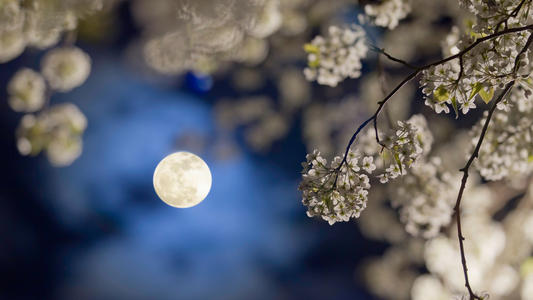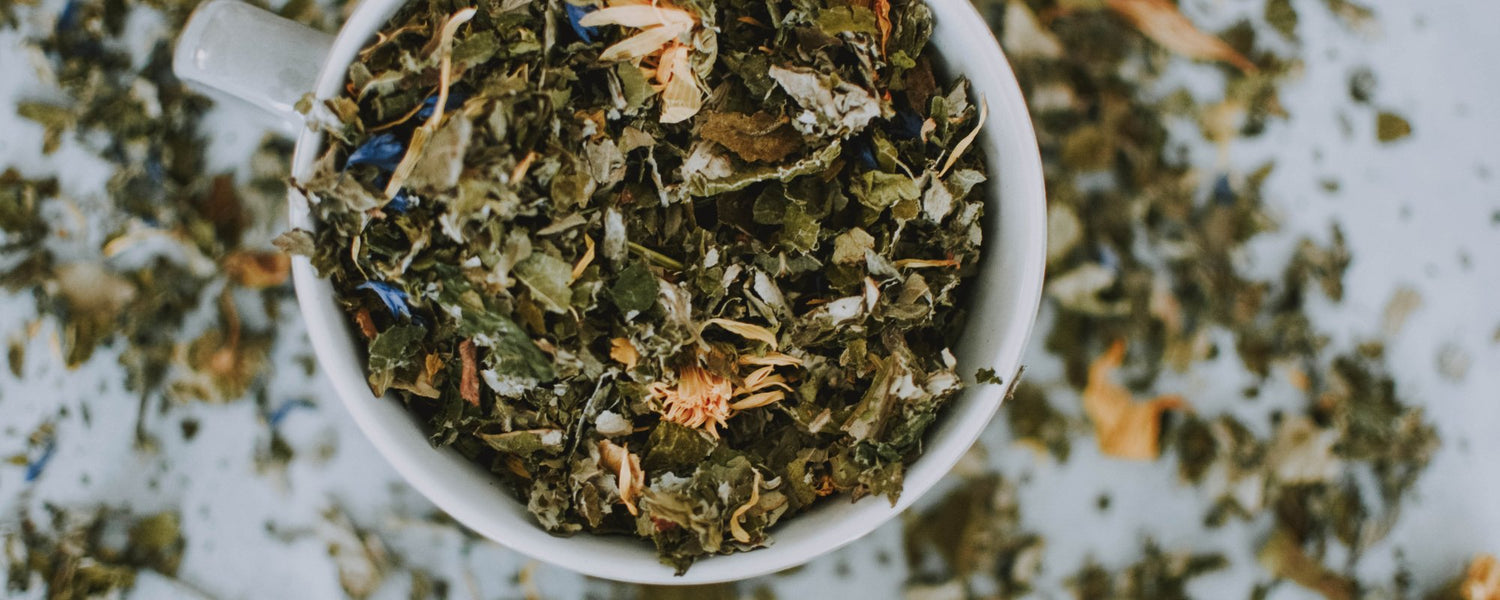
Tulsi for the Fire. Pear for the Grace.
Share
Here in Zone 9, where I live, the pear trees always bloom around the spring eclipses. Not before. Not after. Right when the light begins to shift. Somehow, they know.
And of course they do. Because pear offers exactly the kind of medicine we need when the world feels distorted, uncertain, or too much to hold.
In mythology, the pear is sacred to goddesses like Aphrodite and Hera—symbols of love, sovereignty, wisdom, and power. In Christianity, Pear is tied to the Virgin Mary, carrying the frequency of quiet grace and devotion. Pear doesn’t bloom in a rush. She’s slow, sweet, and rare. She shows up with emotional clarity—not the kind that makes you push through, but the kind that lets you rise above.
I call my pear flower essence Transcend, because that’s what it supports: the ability to soften without shrinking, to return to your center without numbing out. It’s not escape—it’s elevation.
And as Pear started blooming this season, another queen stepped forward: Tulsi.
Also known as Holy Basil, Tulsi is revered across Ayurvedic and Hindu traditions—not only as the earthly embodiment of the goddess Vrinda, but also as a sacred symbol of Lakshmi, the goddess of abundance, beauty, and grace.
Her mythology is rich with themes of devotion, betrayal, transformation, and sacred restoration. She is a protector of the heart, a clarifier of the mind, and a living reminder of what’s truly worth honoring.
Tulsi restores what’s been lost.
Tulsi carries a unique kind of strength: the ability to hold clarity through fire.
She supports the body, yes; and she also offers adaptogenic resilience for stress, focus, and mood.
She also holds space for discernment.
For choosing what’s real.
For staying aligned with your inner compass—even when the world is loud.

Together, they form a living bridge between emotional clarity and physical resilience.They remind us that healing isn’t always soft—but it's where we'll find freedom.
This season, as so many of us navigate uncertainty—globally, personally, astrologically—I’ve found myself turning to both. To Pear for the softness and grace, to rise above. To Tulsi for the strength, gut knowing, devotion. To their partnership as a ritual of balance.
I’ll be honest—Tulsi doesn't grow easily for me. That photo above? That's the dream, not the current reality!
I’ve tried to plant her, tend her, love her into thriving… and she hasn’t always stayed. Often, the seeds don't even sprout.
Maybe that’s part of her lesson, too.
Her medicine isn’t just in the leaves—it’s in the relationship.
In choosing devotion even when things don’t take root right away.
Because here’s the truth: balance isn’t about doing everything right. It’s not about holding it all together. It’s about knowing what to let go of, and what to hold close.
Lately, I’ve been asking myself a series of questions before saying yes or no.
Does this feel good? What does my heart say? How does my body feel if I say yes, or no? Am I saying yes because it's expected or because it's aligned?
That’s the kind of balance I’m reaching for—not the juggling act, but the exhale. The one where I can let go and still feel held. The one that feels like absolute freedom, outside the noise.
And for me, right now? I’m holding Tulsi, Pear, and a cup of tea that helps me remember.

If you're craving calm, clarity, and energy that doesn’t burn you out, these are the plant companions I trust:
-
Transcend – Pear Flower Essence: for emotional steadiness, perspective, and peace.
-
Tulsi Tincture – Clarity + Calm: for adaptogenic support, focus, and resilience.
-
Start Me Up Tea – Grounded Energy + Flow: for gentle energy, liver support, and daily clarity.
Perhaps they can support you, too. I'd love to hear what plants or practices you are leaning on right now. Drop me a note - leslie @ leehouse.co.
With love from under the pear tree,
— Leslie










